George H.W. Bush Was The Last President To Really Get Tough With Israel
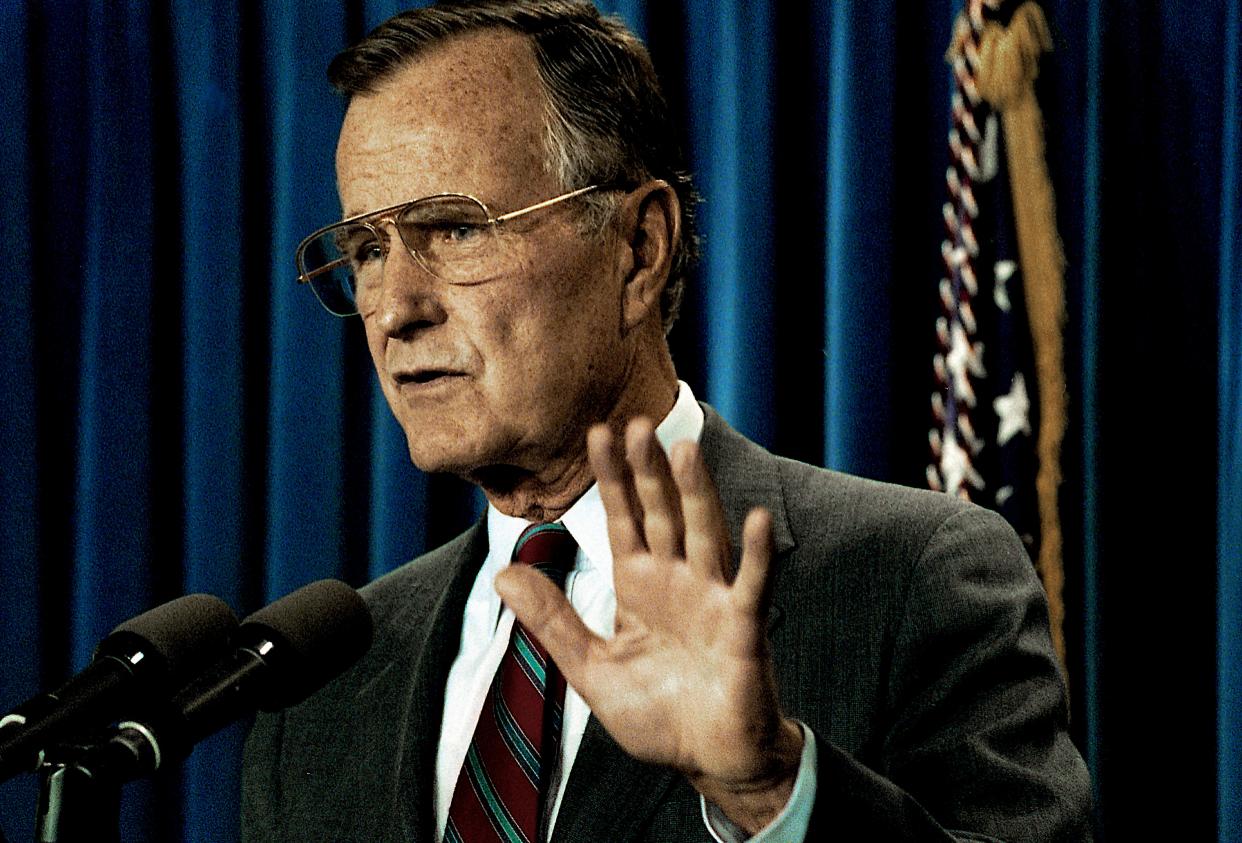
One of George H.W. Bush’s greatest accomplishments, a flurry of even-handed diplomacy that set the stage for the first direct Israeli-Palestinian peace talks, has received relatively little attention in the analysis of his legacy that followed his death on Saturday.
As part of his efforts, Bush threatened aid to Israel to nudge it in the direction of peace — making him the last American president to take such strong measures against the American ally. And, for a time at least, he got his way.
“Bush’s foreign policy legacy, especially on the issue of Israeli-Palestinian peace, cannot be overstated,” said Daniel Kurtzer, a longtime U.S. diplomat who helped shape Bush’s Middle East policy. “His willingness to be tough on all parties ... ushered in a period of intense diplomacy involving Israel and all of the Arab world.”
Had the United States government continued Bush’s tough-love approach, rather than abandoning it, Kurtzer and other foreign policy veterans argue, the U.S. may have succeeded in brokering the kind of lasting peace deal that still eludes Israel and the Palestinians.
“It’s pretty remarkable that no Republican or Democratic president since has been willing to put meaningful pressure on Israel,” said Khaled Elgindy, a fellow at the Brookings Institution who advised Palestinian negotiators from 2004 to 2009. “Even as they have learned what the peace process has required, they’ve been less willing to do what’s needed.”
‘One Lonely Little Guy’
In the wake of the first Gulf War, which ended in February 1991, then-President Bush was at the peak of his power on the global stage. He had successfully expelled the Iraqi military from Kuwait, a U.S. ally and major oil producer ― all while managing to insulate Israel, almost entirely, from retaliation at the hands of Iraqi President Saddam Hussein.
Bush decided that Arab-Israeli peace was next on his list of international accomplishments. To that end, his famously assertive Secretary of State Jim Baker laid the groundwork of what would become a multilateral peace conference in Madrid, Spain, in October 1991. Israel and a host of Arab governments sat down, under American supervision, to discuss their thorniest differences, chief among them, the status of the Palestinian people.
In a nod to Israel, the Palestinian Liberation Organization, a militant political organization that represented the Palestinian national cause, was not present. Instead, Palestinian representatives participated as part of the Jordanian delegation.
But a few weeks before the conference, the right-wing Israeli Prime Minister Yitzhak Shamir asked the United States to guarantee $10 billion in loans Israel needed to help absorb hundreds of thousands of immigrants from the Soviet Union. Under the arrangement, the U.S. would have served as Israel’s guarantor with creditors, assuring it a much lower interest rate than it would have otherwise received in the credit markets.
The United States had already guaranteed a $400 million loan to Israel to absorb a smaller wave of Soviet Jewish immigrants in October 1990.
At the time, Baker had negotiated strong assurances from Israel that it would not use the funds to relocate the Jewish immigrants to settlements in the territories Israel occupied since 1967, which the U.S. viewed ― and, at least officially, continued to view for decades ― as a major impediment to peace.
When the U.S. sought to impose the same terms to the new tranche of loans, however, Shamir objected.
Bush stood his ground, insisting on delaying the entire loan guarantee for 120 days. He claimed he did not want a protracted debate with Congress over settlements to interfere with the peace talks; he likely also wanted to pressure a wayward Shamir into cooperating with the conference and burnish American credibility as a fair mediator with Arab nations.
Shamir thought that with the help of the American Israel Public Affairs Committee, or AIPAC, he could force Bush’s hand by mobilizing Congress to approve the aid immediately in defiance of the president.
Unmoved, Bush vowed to veto legislation that authorized the aid before the 120-day delay had expired. He took his case to the media, speaking at length about his stance in a press conference on Sep. 12, 1991. He famously portrayed himself as an underdog against the might of AIPAC and other pro-Israel groups, which had recently organized a massive lobbying day on Capitol Hill.
“I heard today there was something like 1,000 lobbyists on the Hill working on the other side of the question. We’ve got one lonely little guy down here doing it,” he said, eliciting laughs from the White House press corps.
Shortly thereafter, Bush prevailed in his game of chicken with Shamir and AIPAC.
Congress backed down. And when the U.S. finally guaranteed the loans in the spring of 1992, it did so using a new formula designed to offset Israel’s spending on settlements. It guaranteed $200 million less for each billion Israel asked for to account for Israel’s projected settlement spending.
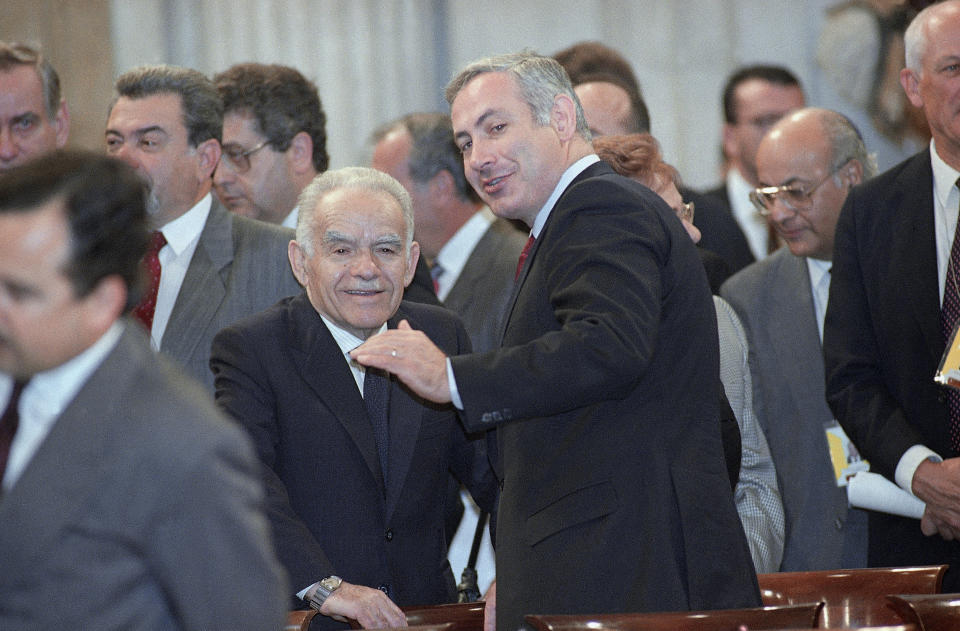
The Madrid conference, and the multilateral talks that followed, did not result in any breakthroughs between Israel and its neighboring Arab nations, to say nothing of the occupied Palestinians.
But the shortcomings of the conference solidified a realization within Israel’s peace camp that Israel would need to conduct direct talks with PLO leaders, who had not been present in Madrid.
And perhaps more significantly, the drama over the loan guarantees hastened Shamir’s political demise. He lost his bid for re-election in June 1992 due, at least in part, to public weariness of the tensions his conduct had created with the United States, Israel’s major military, financial and diplomatic benefactor.
Shamir’s successor, Yitzhak Rabin of the center-left Labor party, went on to give his blessing to the first direct Israeli talks with PLO leaders that were initially undertaken in secret in Oslo, Norway. The discussions led to the Oslo Accords, which created a degree of Palestinian autonomy in the West Bank and Gaza that was meant to serve as the basis for future Palestinian sovereignty.
Viewed from that angle, Bush’s showdown with Shamir served as a model for the success an American president is capable of achieving in the region if she or he is determined enough to withstand short-term political blowback.
It also revealed dissension within Jewish American ranks that AIPAC’s strength had long masked.
“It was the first time the pro-Israel lobby started to splinter,” said Dov Waxman, a political science professor at Northeastern University and author of Trouble in the Tribe: The American Jewish Conflict Over Israel.
Americans for Peace Now, a pro-peace group, backed Bush’s stance. Its divergence with AIPAC presaged the creation of more sophisticated liberal Jewish advocacy organizations like J Street, which rose to prominence more than a decade later. Those groups provided politically valuable Jewish support for the Obama administration’s nuclear nonproliferation deal with Iran in 2015.
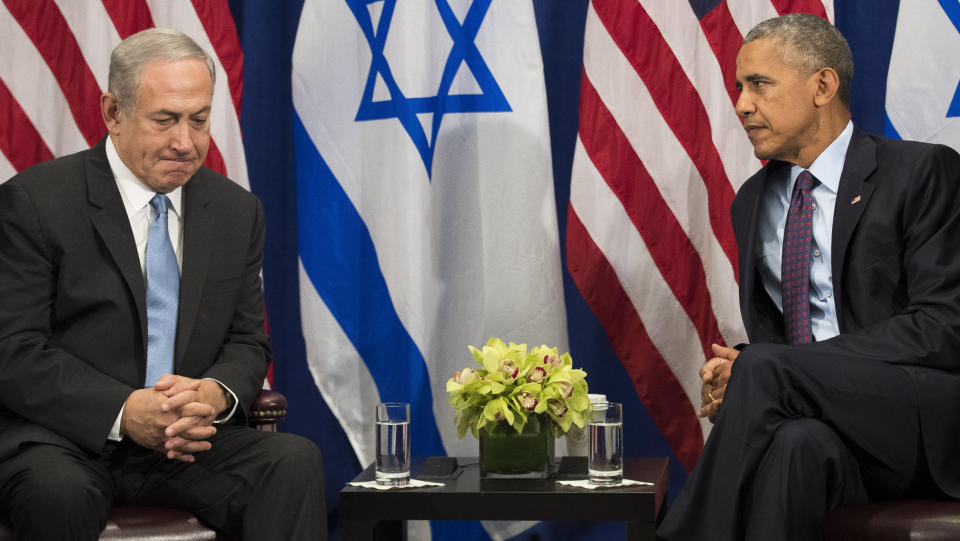
The Last Of His Kind?
But if Bush’s tough-love approach set a high-water mark for the potential power of the United States to play the honest broker in the Israeli-Palestinian conflict, his re-election loss in 1992 deprived him of the opportunity to follow through on it. And his successors’ unwillingness ― or inability ― to show the same resolve contributed to the American failure to bring peace in the region.
“No other president has either acted affirmatively or reactively in dealing with things we don’t agree with when Israel does them,” said Kurtzer, who served as U.S. Ambassador to Egypt under Bill Clinton and U.S. Ambassador to Israel under George W. Bush.
Neither Clinton, nor George W. Bush, nor Barack Obama emulated Bush’s approach of tying American aid to stopping settlement growth.
The result was an explosion of settlement construction that continues to place a resolution of the Israeli-Palestinian conflict further from reach. Even during the optimistic aftermath of the Oslo Accords in the 1990s, Jewish settlements in Israeli-occupied Palestinian territories skyrocketed.
There are now about 600,000 Jewish settlers in the occupied West Bank and East Jerusalem, raising the political price of the kind of withdrawal that would be necessary to allow the creation of a geographically contiguous Palestinian state on those lands.
“If you are settling, colonizing territory at the very same moment you are supposedly part of a peace process aimed at giving it away in exchange for peace, it doesn’t make a lot of sense,” Elgindy said.
Israel has its own grievances with Palestinians. Israeli governments have consistently argued that Palestinian incitement and violence against Jews are the reason for its heavy-handed policing and settlement of the West Bank, rather than a result of it. Palestinian violence against Israeli civilians was especially deadly during the Second Intifada from 2000 to 2005, when Palestinian suicide bombings and other attacks killed more than 700 Israeli civilians.
The difference, however, is that American leaders are willing to exercise pressure on Palestinian leaders that they have proven incapable of exercising on the Israeli side.
Successive American administrations “have been tougher on the Palestinians and more willing to accept Israel’s views,” Kurtzer said.
Love HuffPost? Become a founding member of HuffPost Plus today.
Also on HuffPost
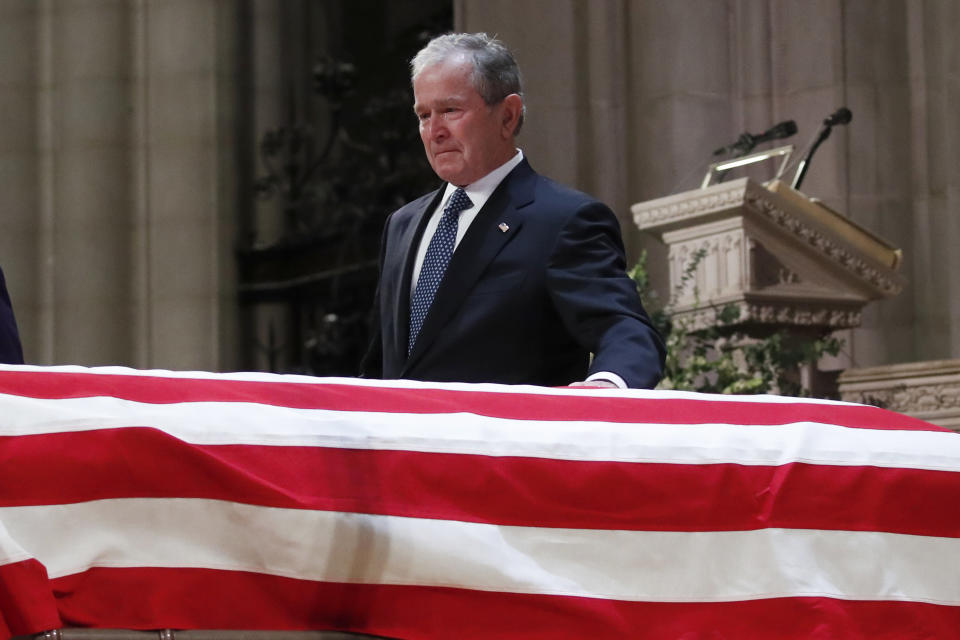
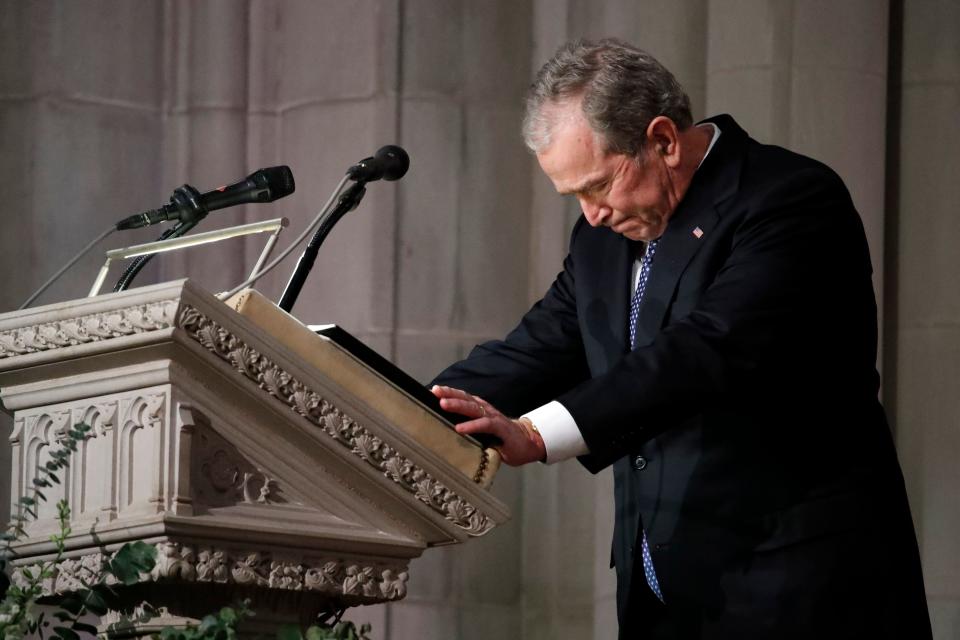
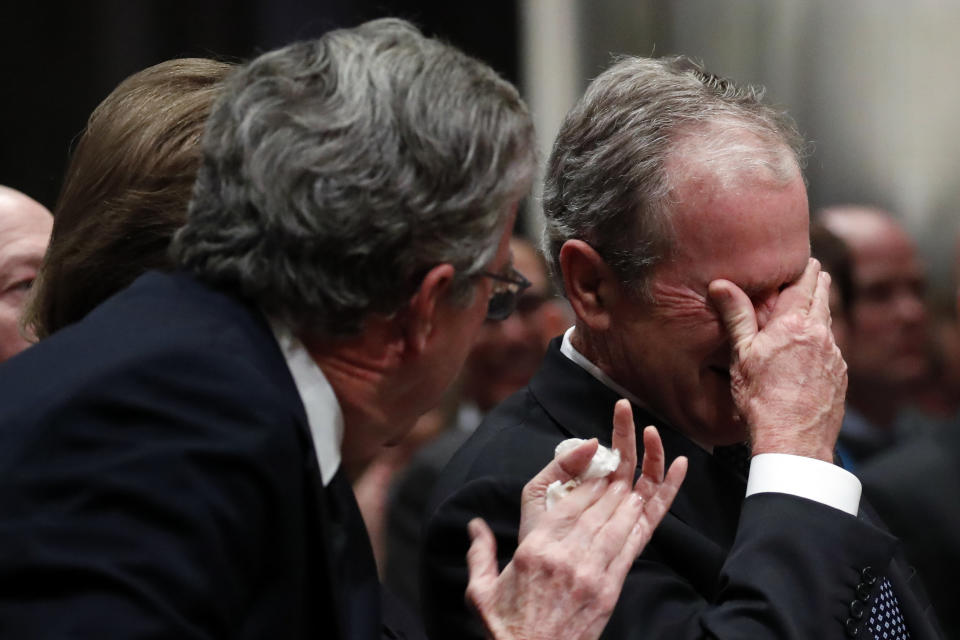

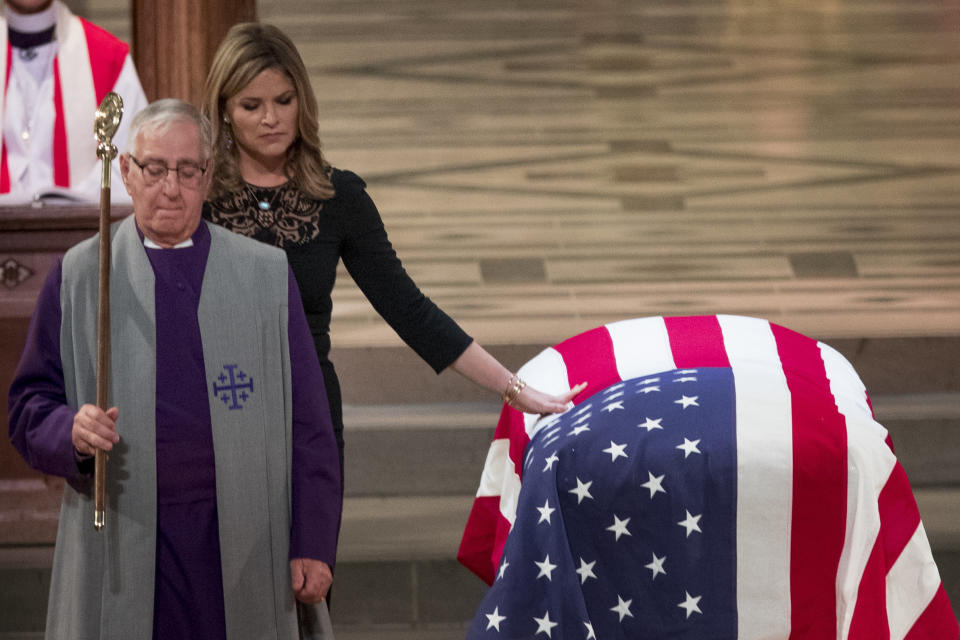
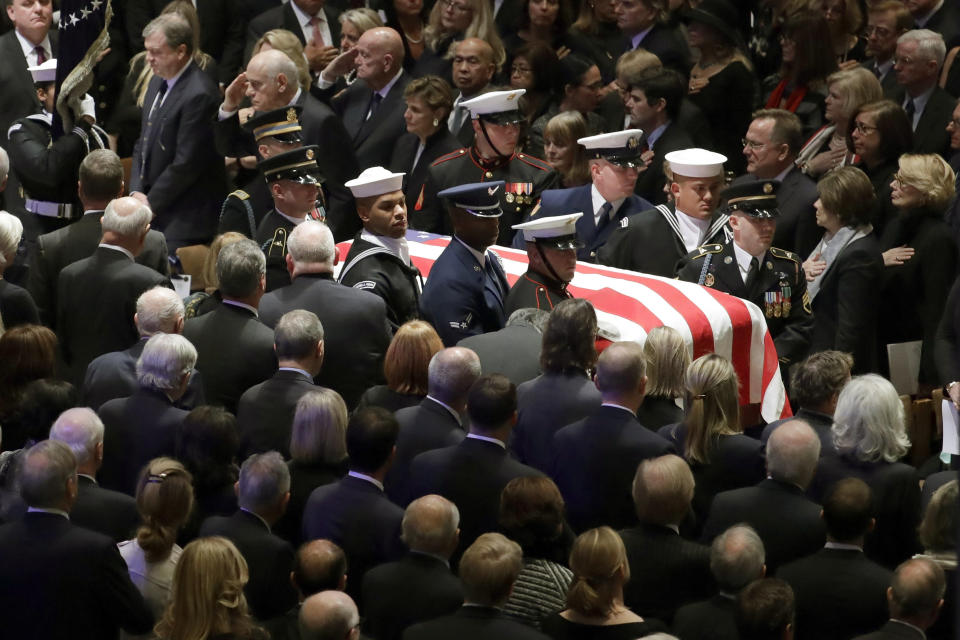
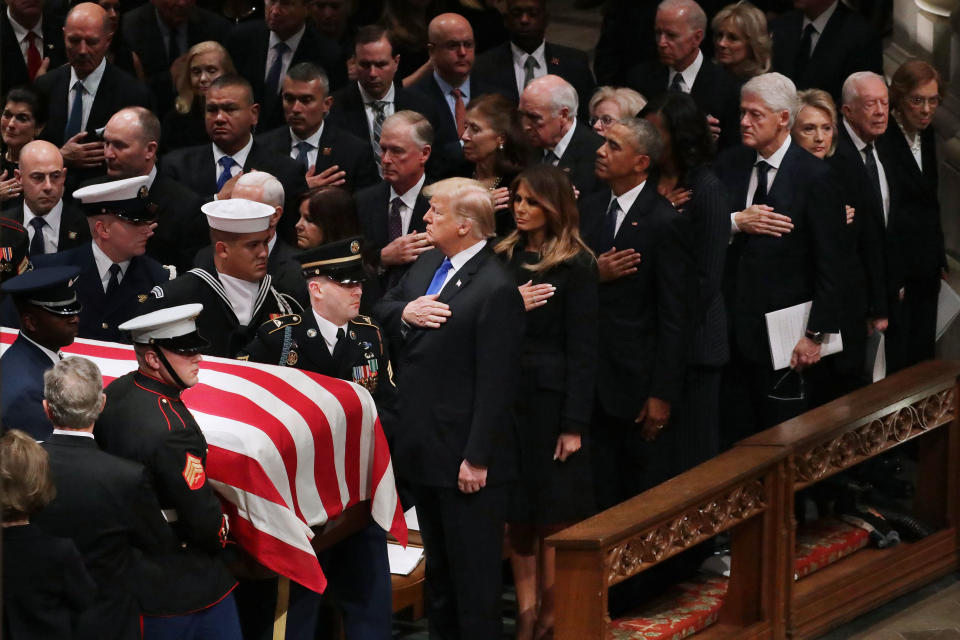
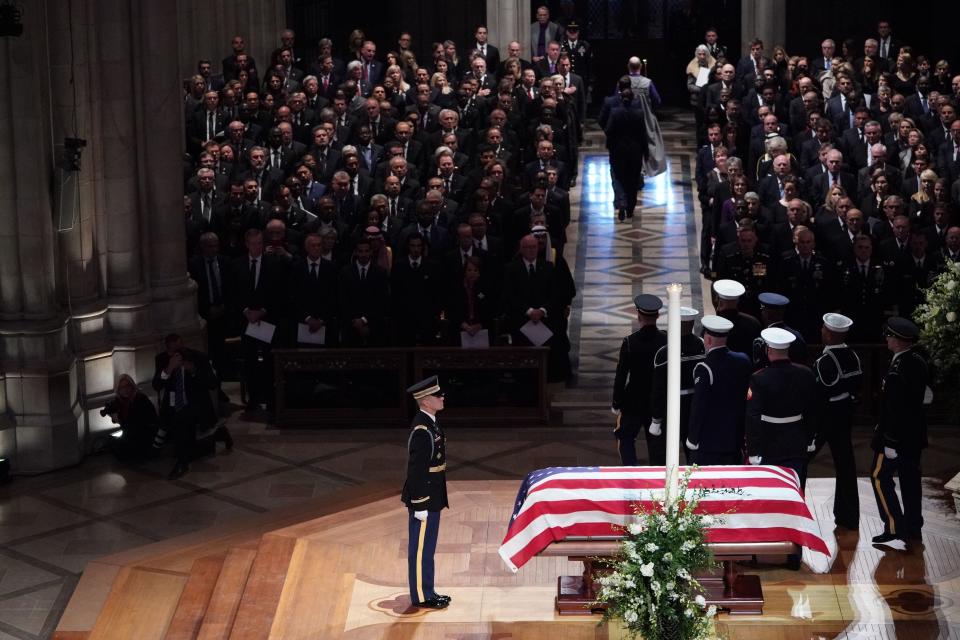
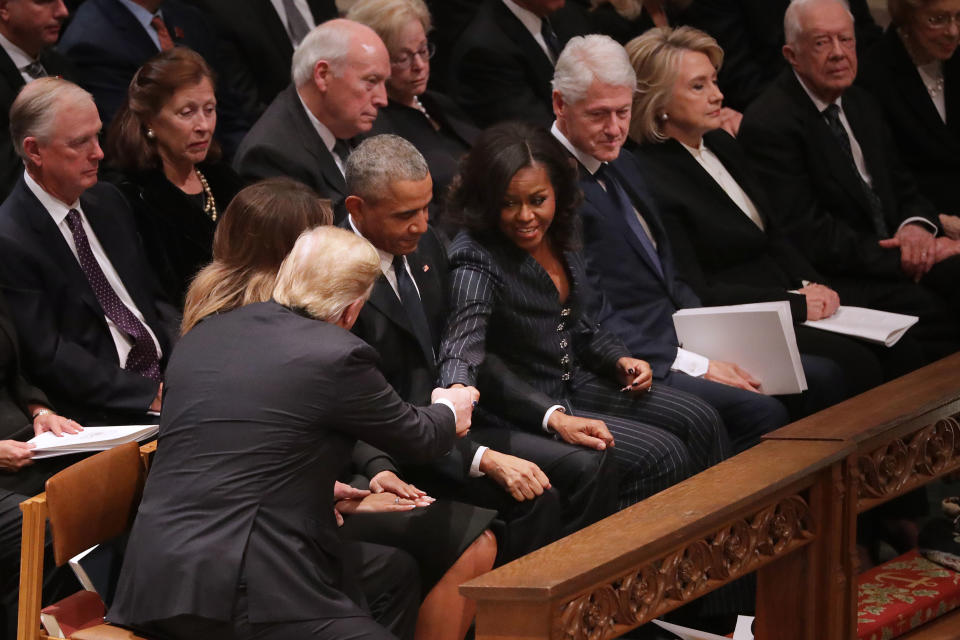
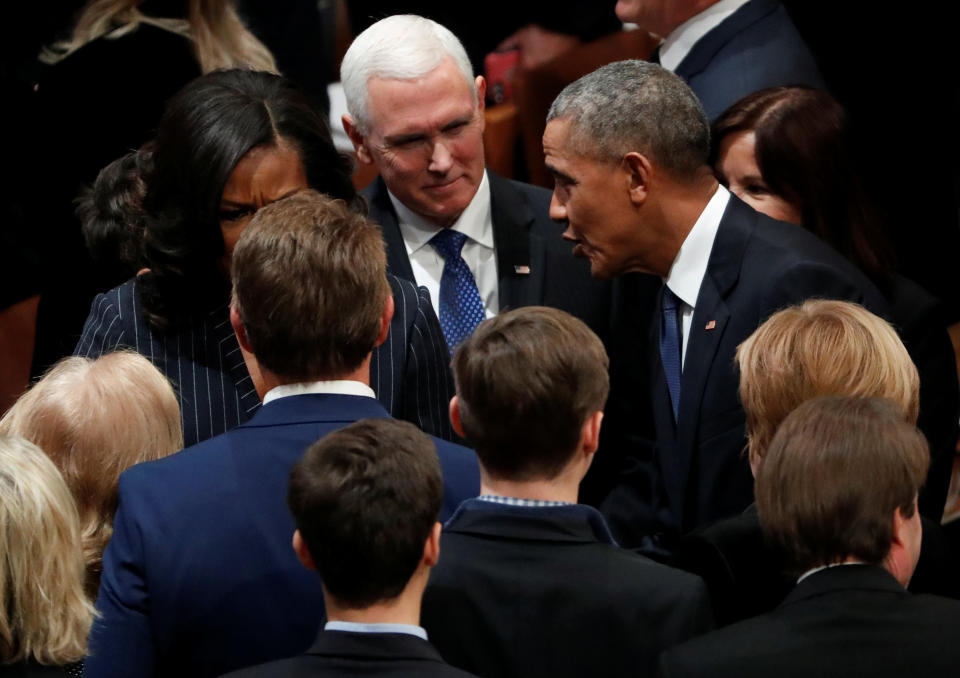

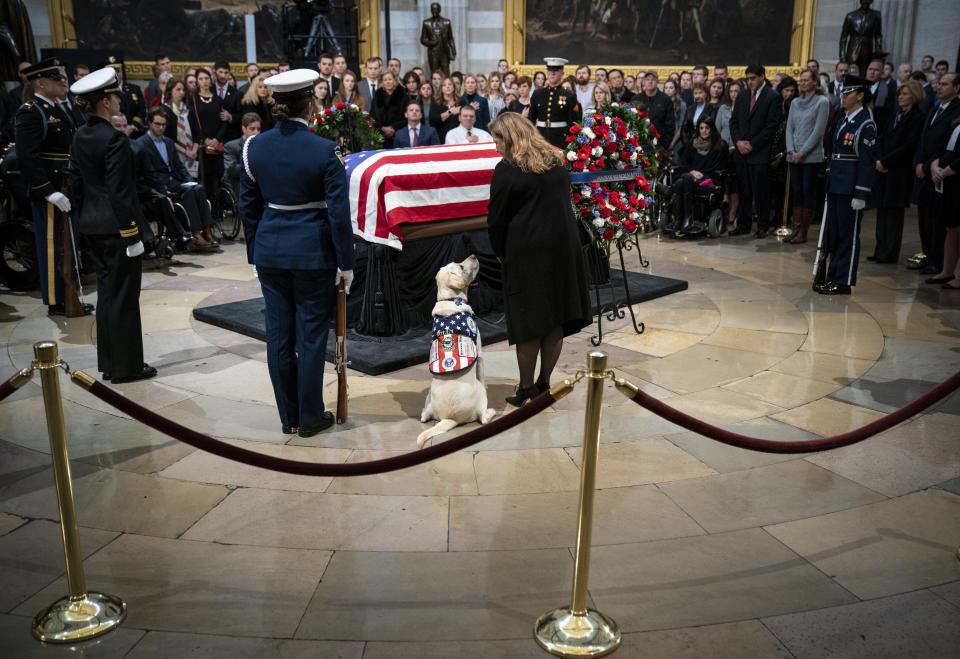
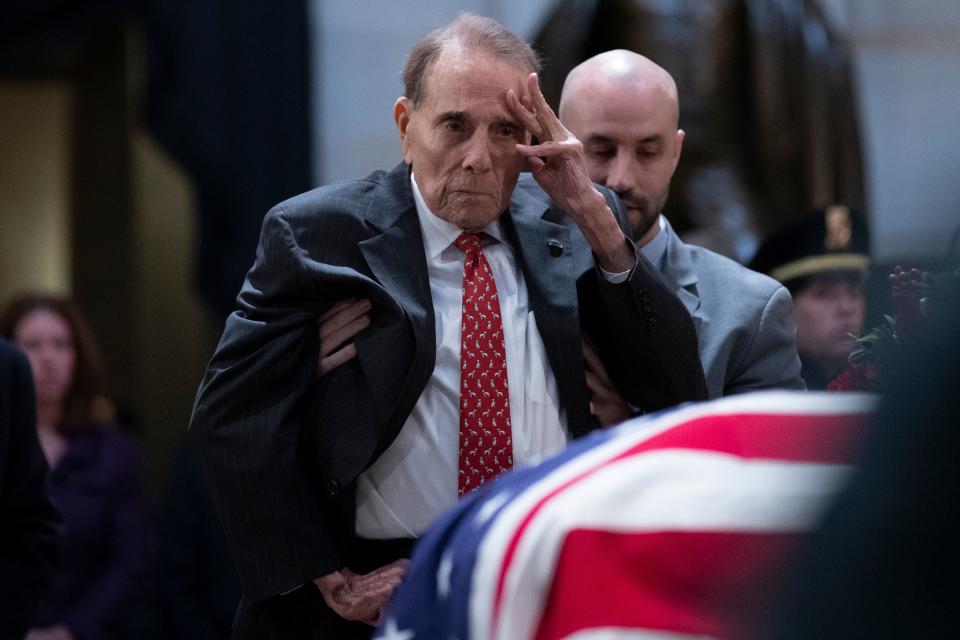
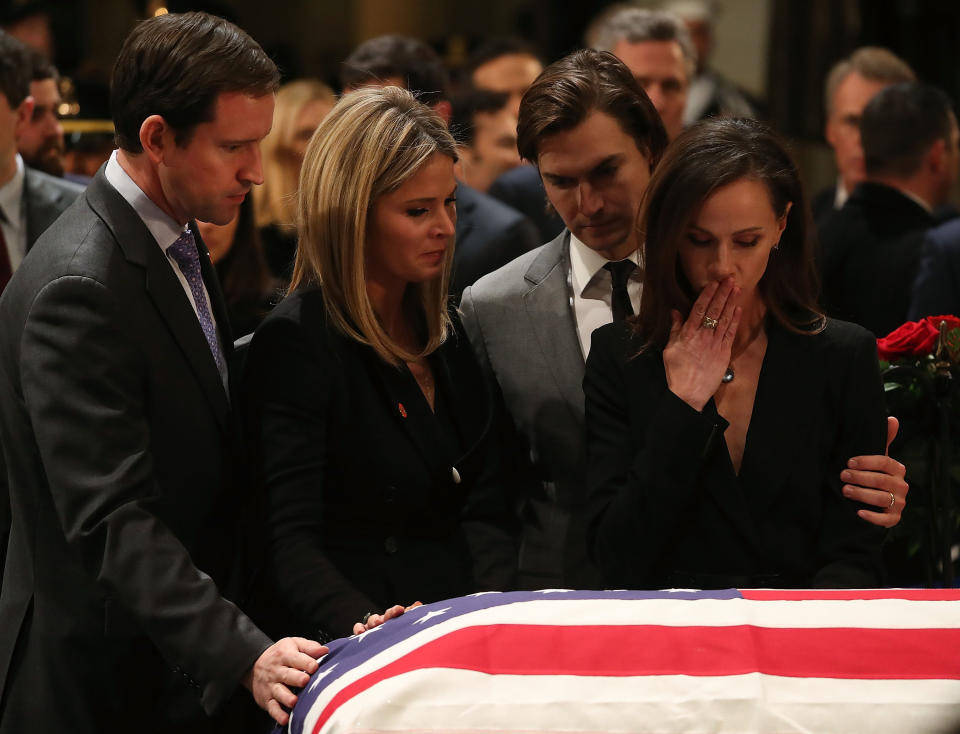
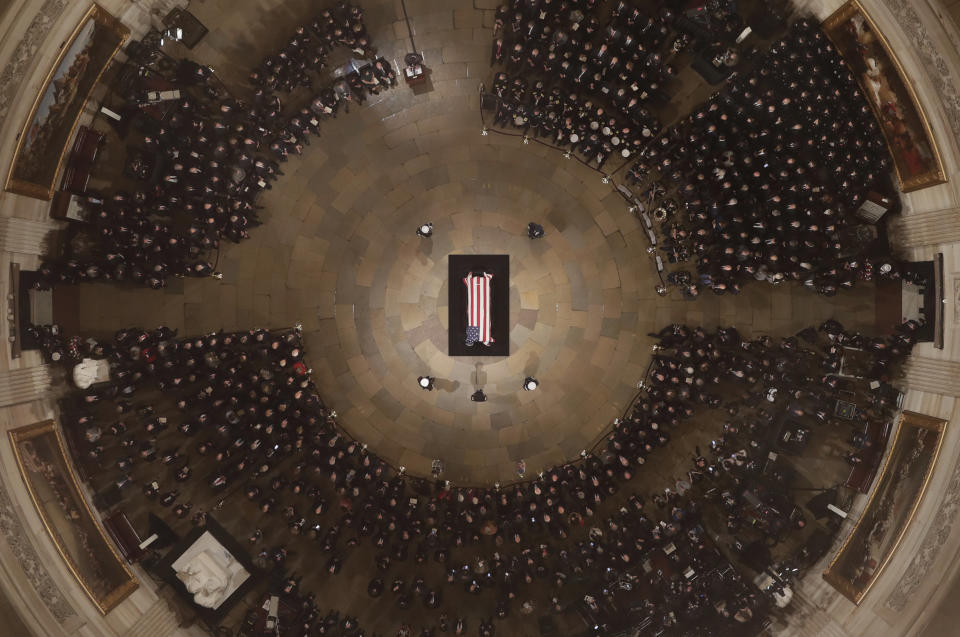
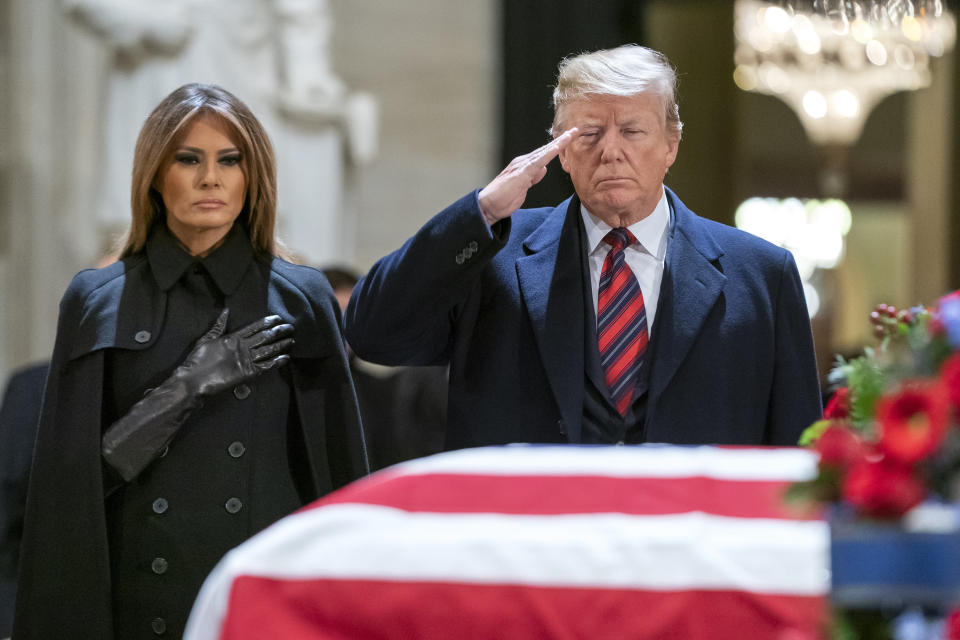
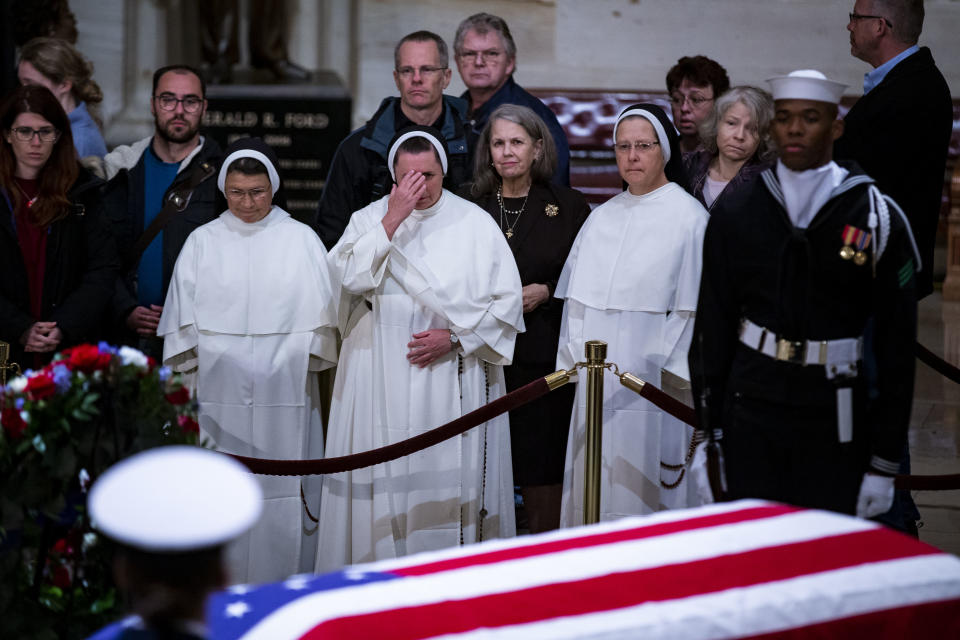

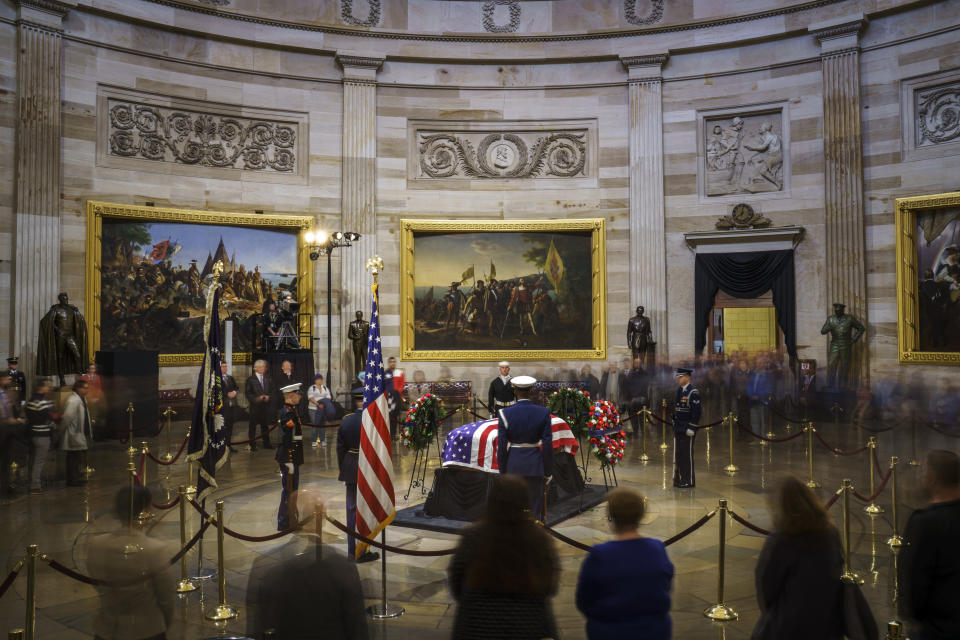
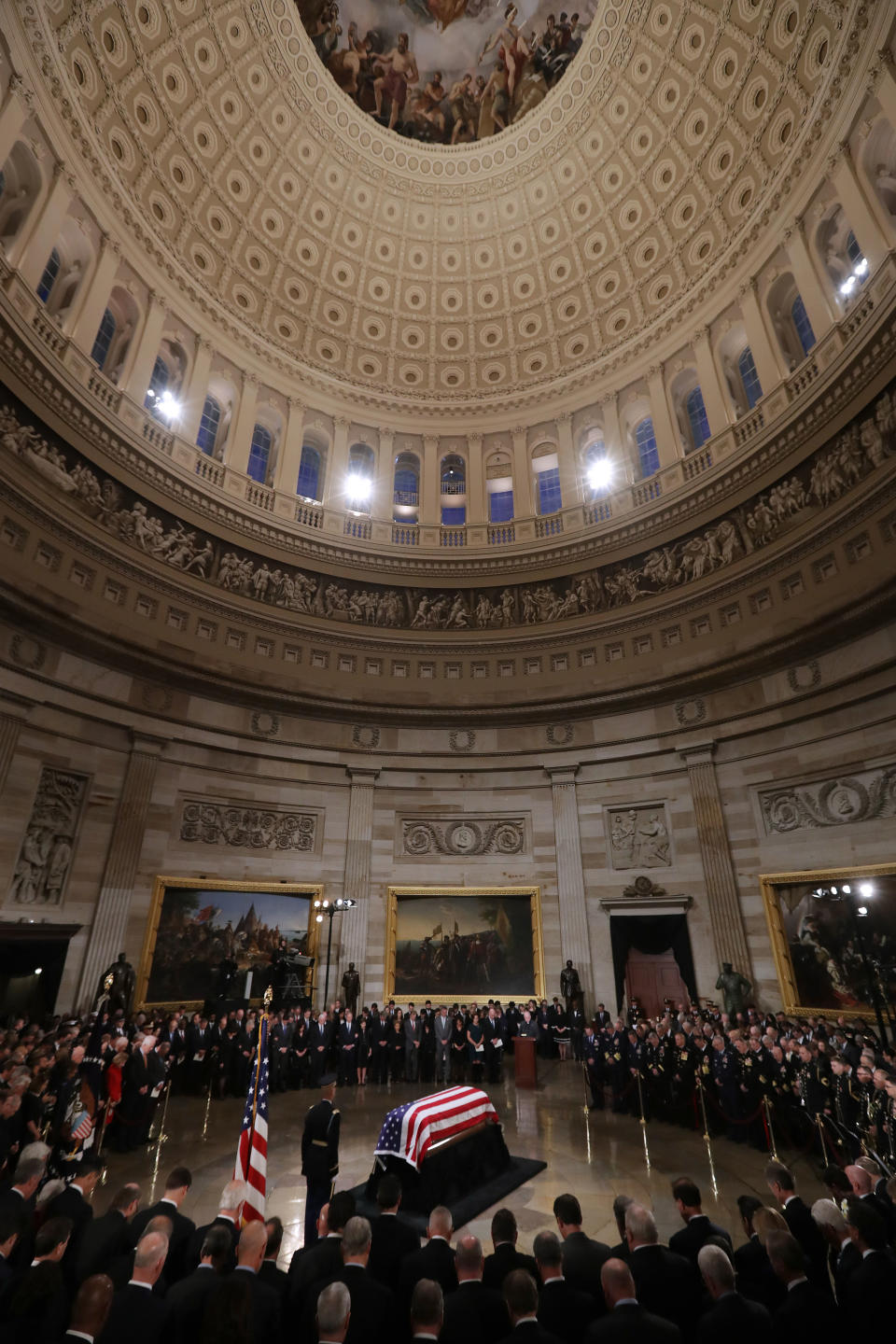
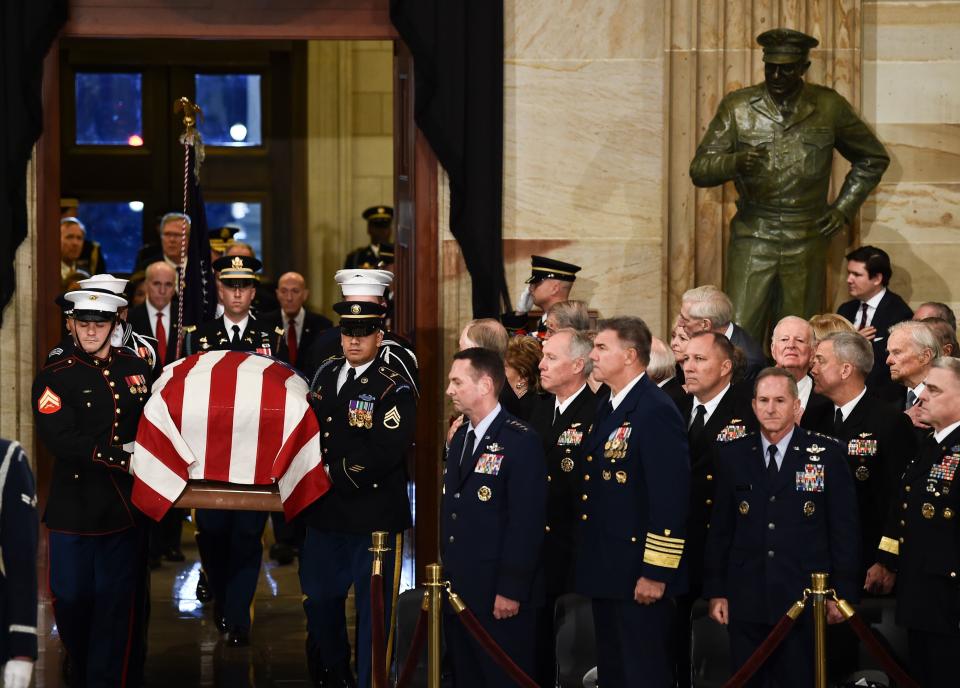
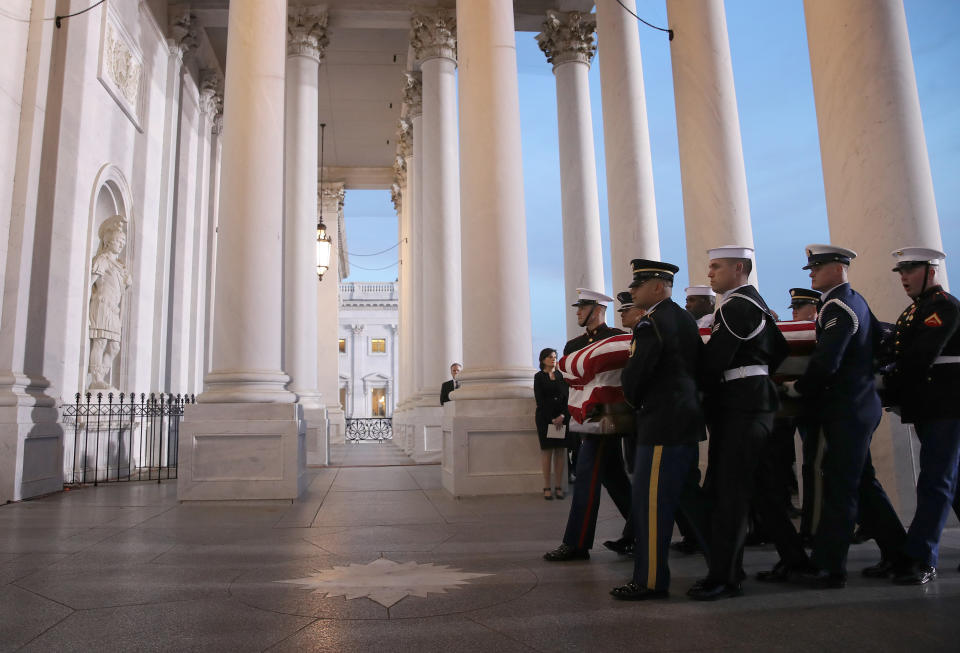
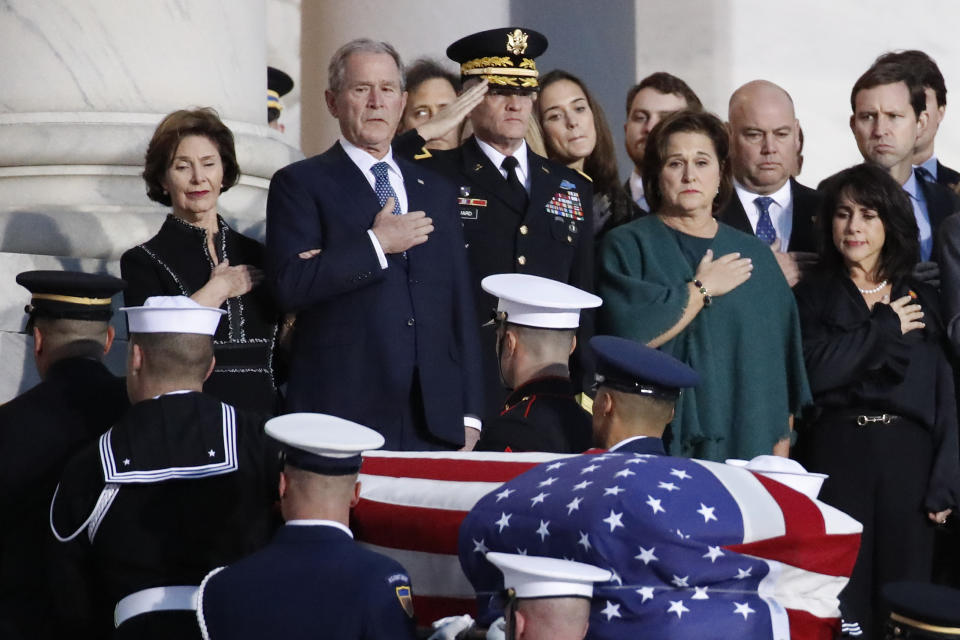
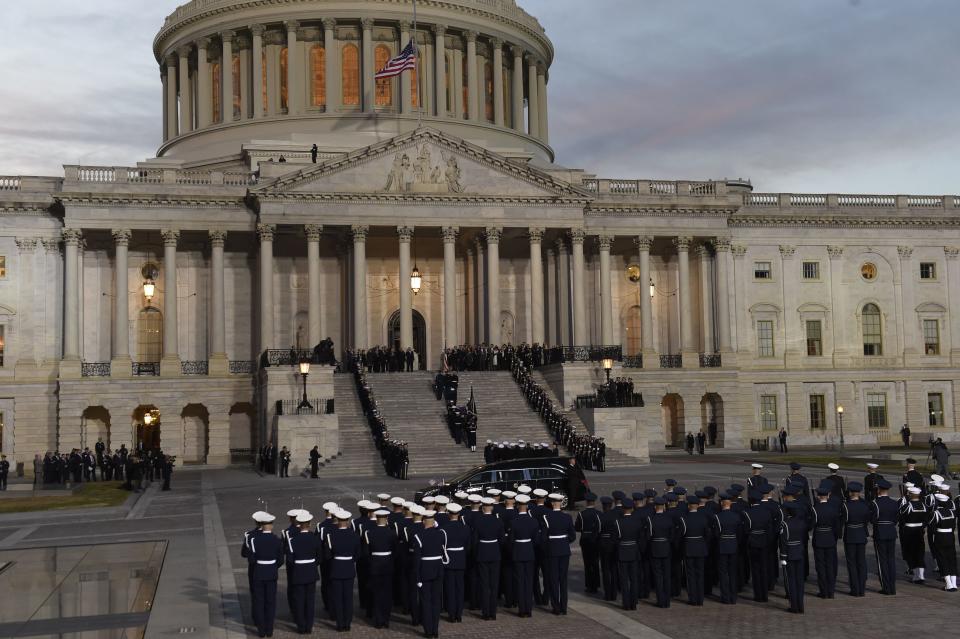
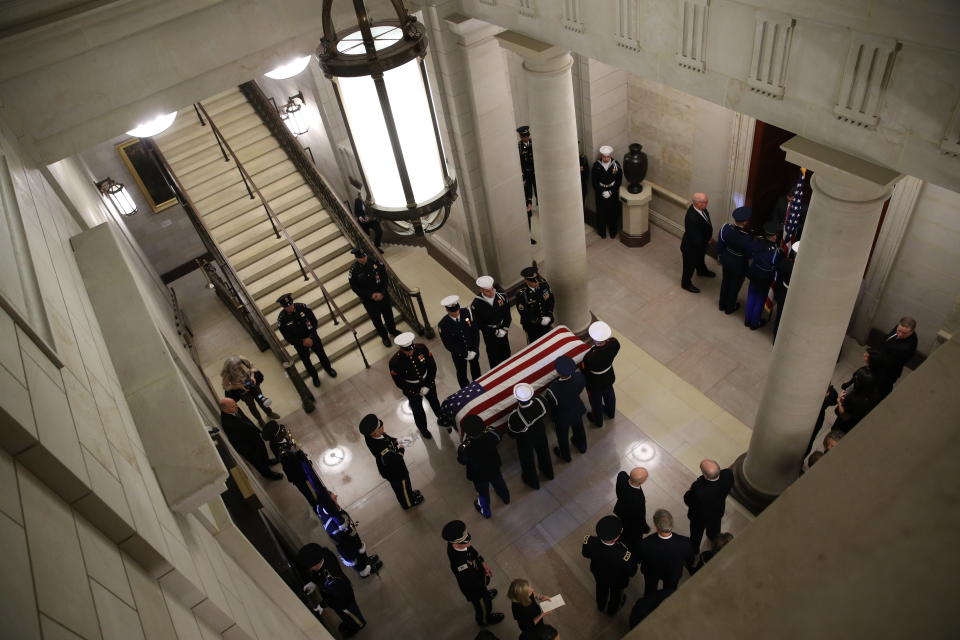
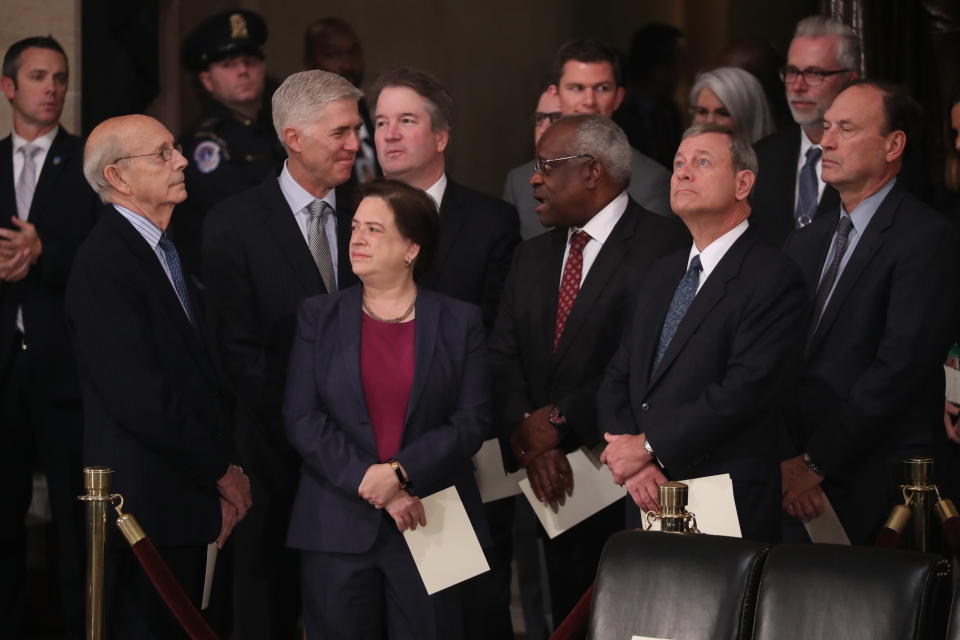



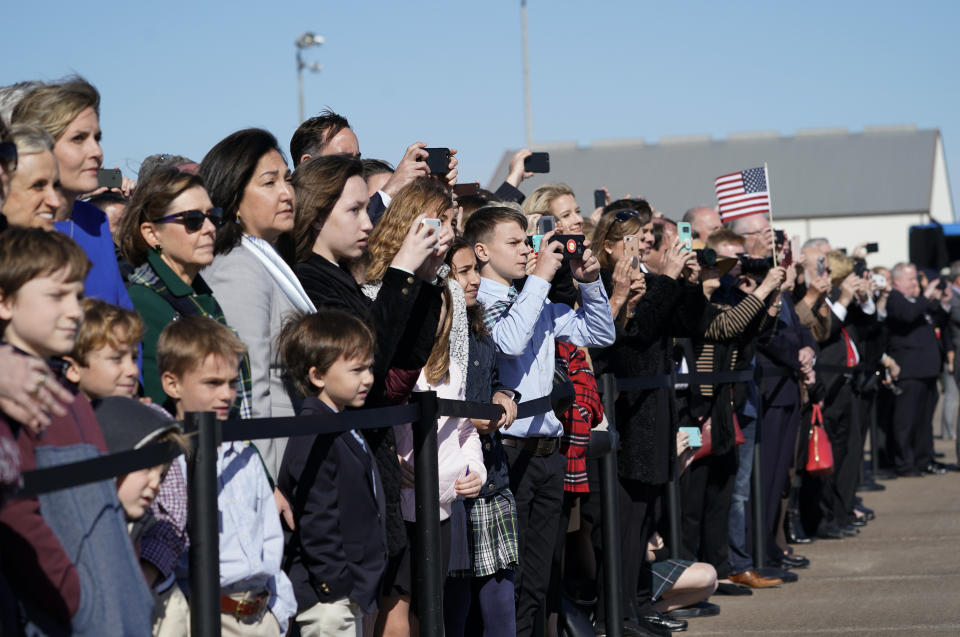
This article originally appeared on HuffPost.

